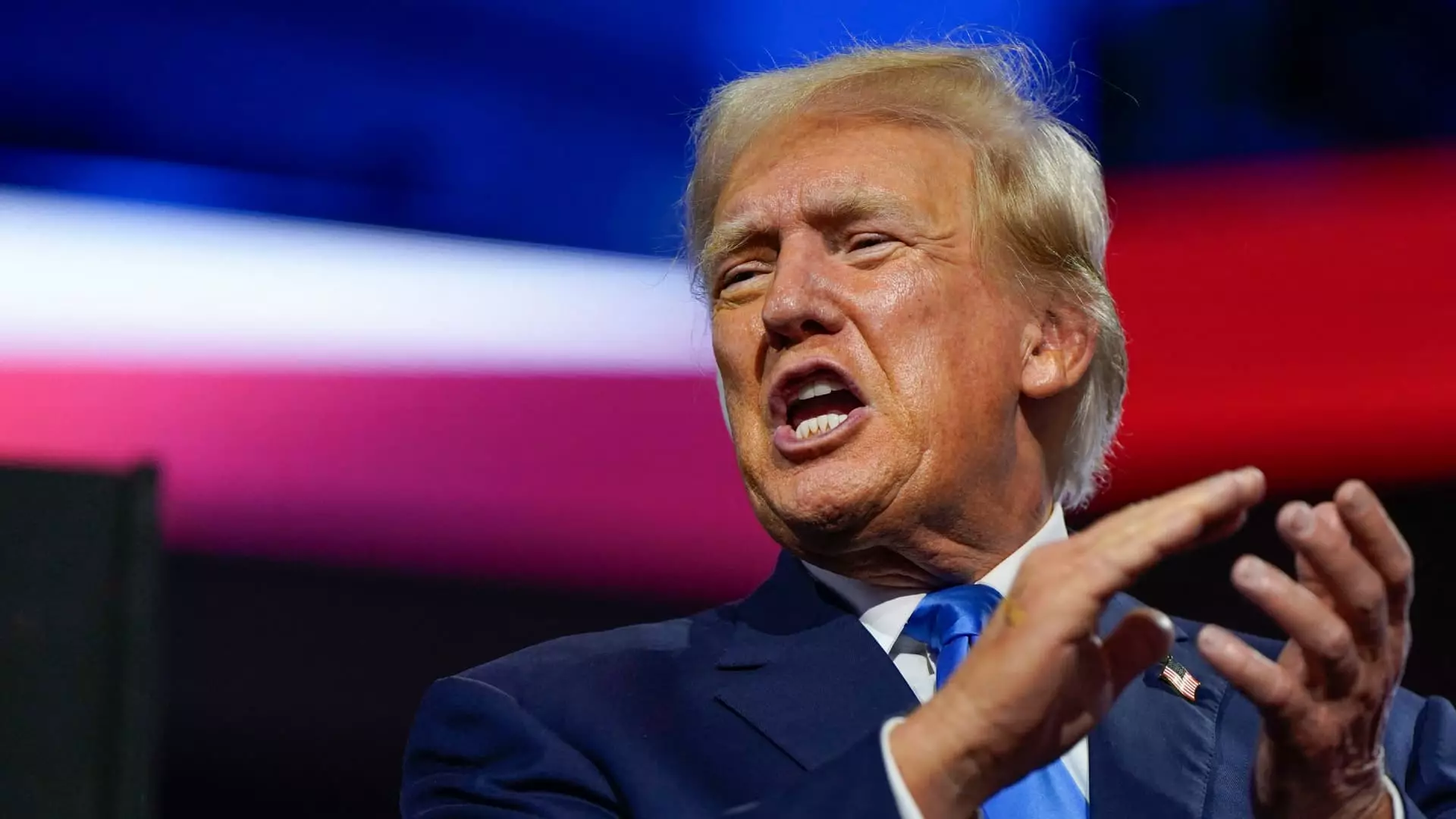With the looming possibility of Project 2025 coming into effect, there is a lot of speculation about how it will reshape the landscape of U.S. income tax policies and revamp the Internal Revenue Service (IRS). The initiative, spearheaded by conservative think tank The Heritage Foundation in collaboration with over 100 other right-leaning organizations, aims to bring about significant reforms and changes.
President Trump’s Involvement
As former President Donald Trump secures the Republican presidential nomination, there is a cloud of ambiguity surrounding his association with Project 2025. While Trump has distanced himself from the initiative by stating that he had no involvement in it, several former officials from his administration have direct ties to the project. This discrepancy has led to contrasting statements from the Biden campaign and the Trump campaign, creating a veil of uncertainty regarding Trump’s stance on Project 2025.
One of the key aspects of Project 2025 is the proposed overhaul of the U.S. income tax system. The plan calls for the implementation of a two-rate individual tax system with flat rates of 15% and 30%, departing from the current seven-bracket system. This change could have varying impacts on taxpayers based on their income brackets, potentially resulting in either higher or lower federal income tax payments.
Impact on Investment Taxes
Project 2025 also aims to lower taxes on investments, particularly for higher-income individuals. Under the proposed plan, long-term capital gains and qualified dividends would be levied at 15%, which is lower than the current top rate of 20%. Additionally, the plan suggests abolishing the net investment income tax (NIIT), a 3.8% levy on assets for higher earners. These changes could significantly benefit wealthier investors by reducing their tax burden on capital gains.
Another notable component of Project 2025 is the proposed reforms to estate and gift taxes. The plan advocates for making the estate tax exemptions enacted under the Tax Cuts and Jobs Act permanent and reducing the maximum tax rate to 20%, down from the current 40%. This change could potentially impact less than 1% of taxpayers subject to estate tax, providing significant relief to their heirs.
Project 2025 also delves into the realm of conservative trade policy, highlighting differing views on tariffs among proponents. While some advocate for tariffs as a means to protect American industries, others argue for the reduction or elimination of tariffs to enhance affordability of U.S. goods. These discussions underscore the complexities of trade policy and the potential implications of different approaches.
Reforming the IRS
In addition to tax policy changes, Project 2025 proposes reforms to enhance the efficiency and accountability of the IRS. These reforms include budget cuts for the agency, higher resources for the Office of the Taxpayer Advocate, and a focus on technology and information reporting. These changes could have direct impacts on taxpayers by streamlining IRS operations and improving taxpayer assistance in cases of wrongful actions.
As Project 2025 looms on the horizon, the potential implications of its policy recommendations on taxes and the IRS are significant. With proposed changes to the income tax system, investments, estate and gift taxes, trade policies, and IRS reforms, the initiative could bring about a substantial transformation in the financial landscape of the United States. It remains to be seen how these proposals will fare in Congress and what the ultimate impact will be on taxpayers and the broader economy.

